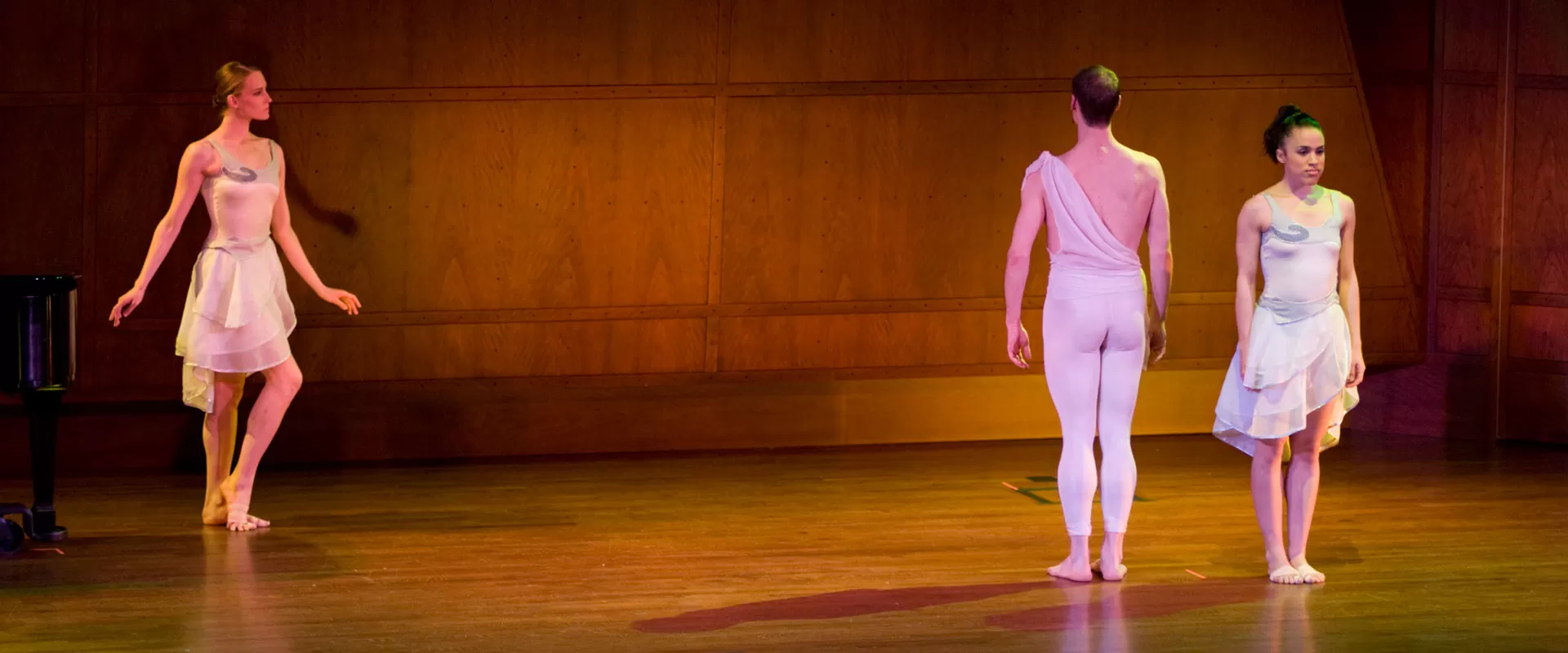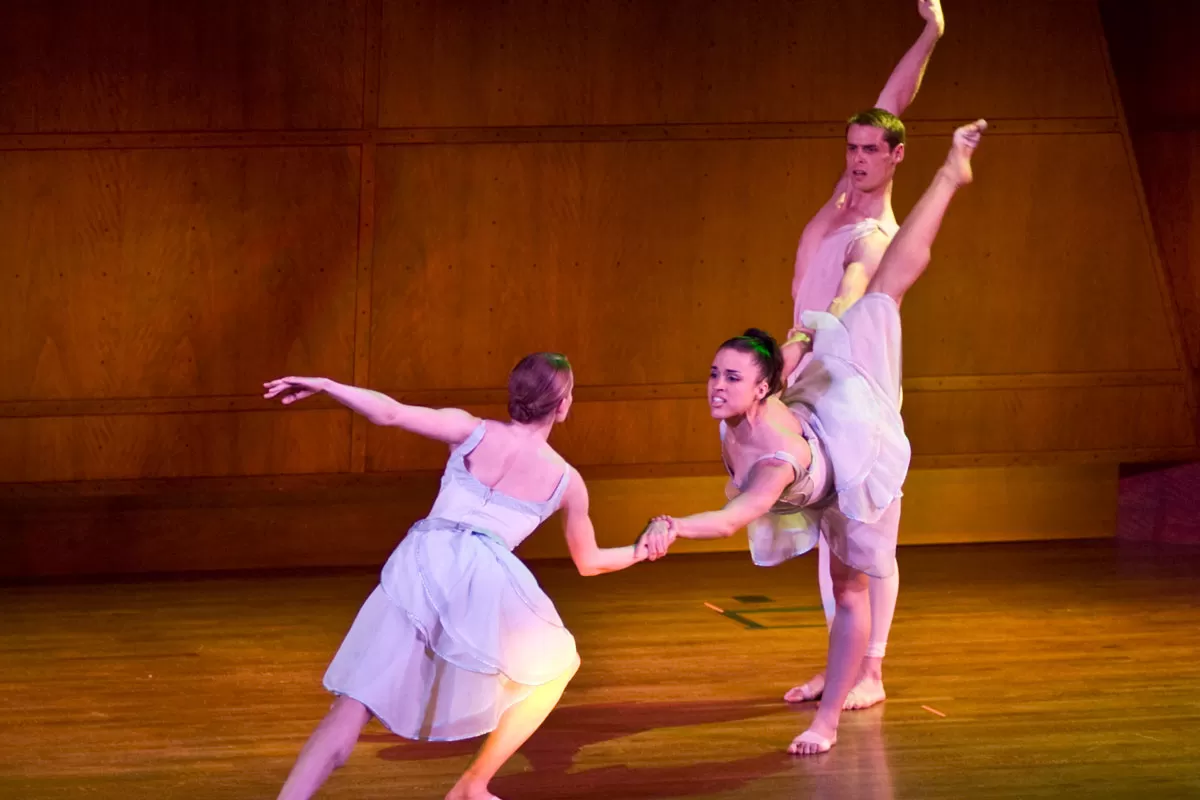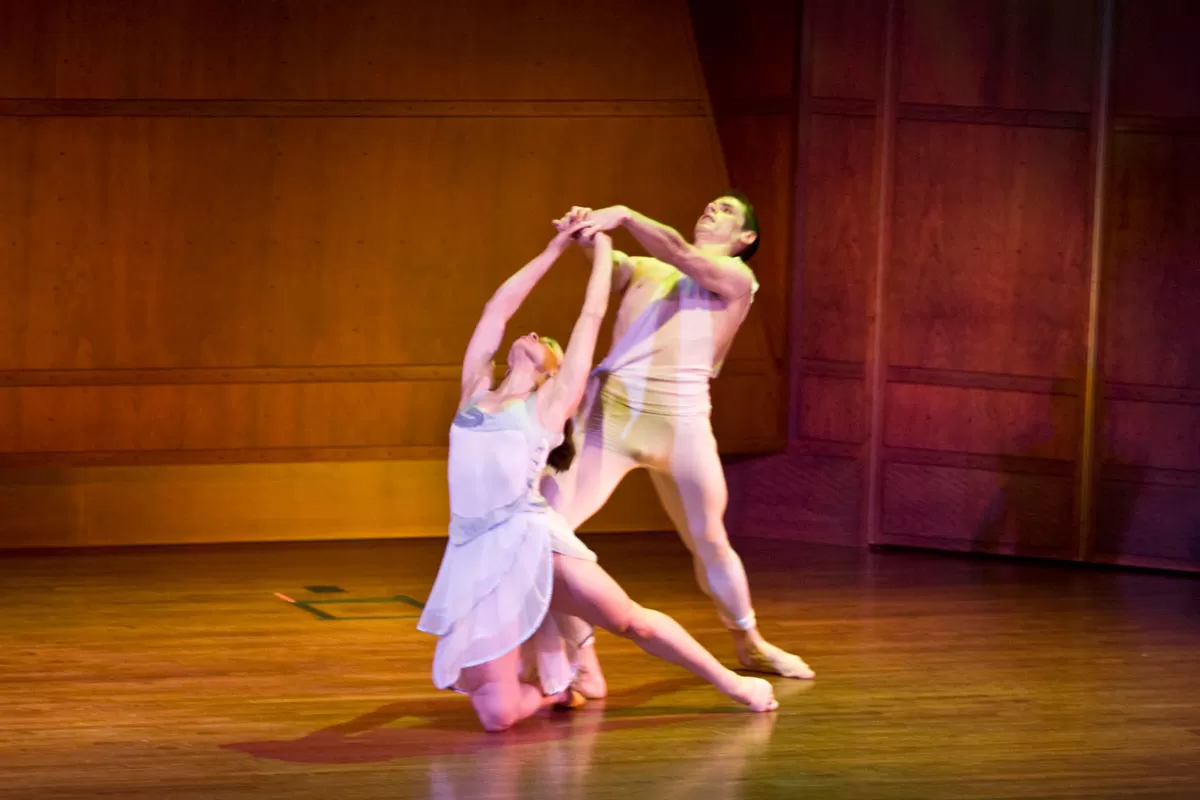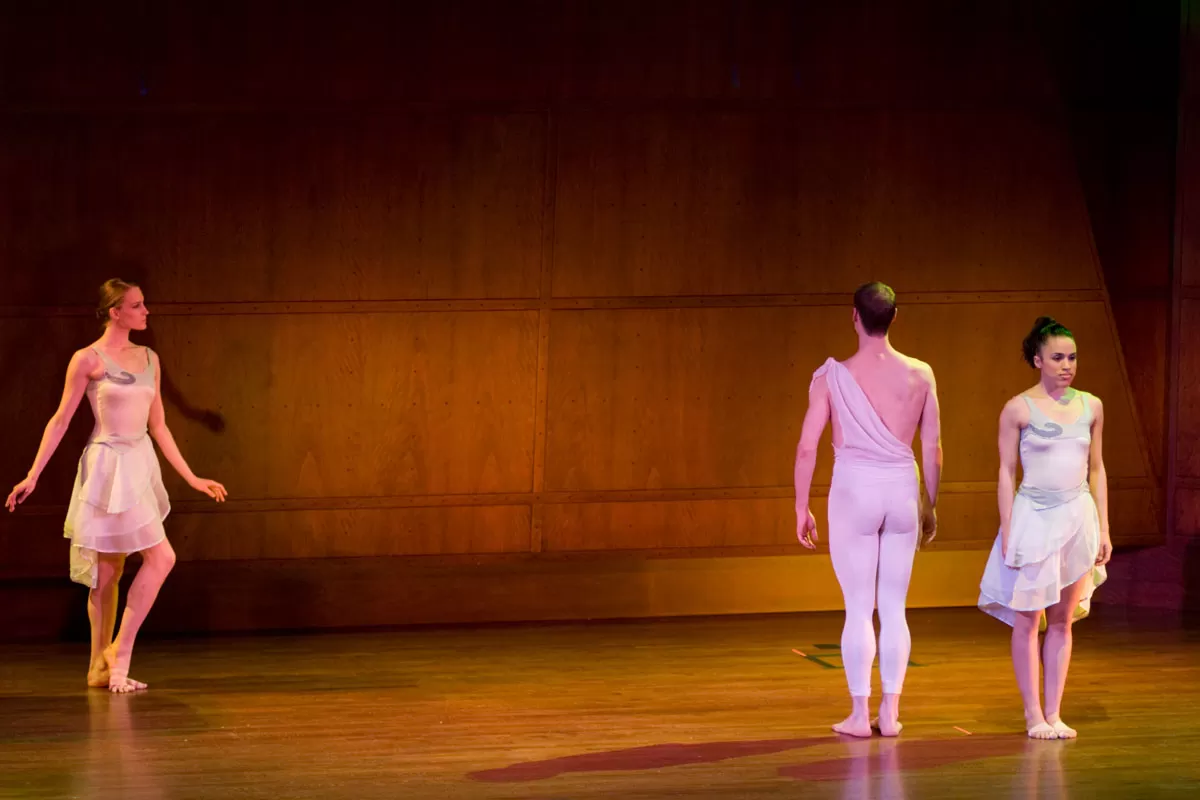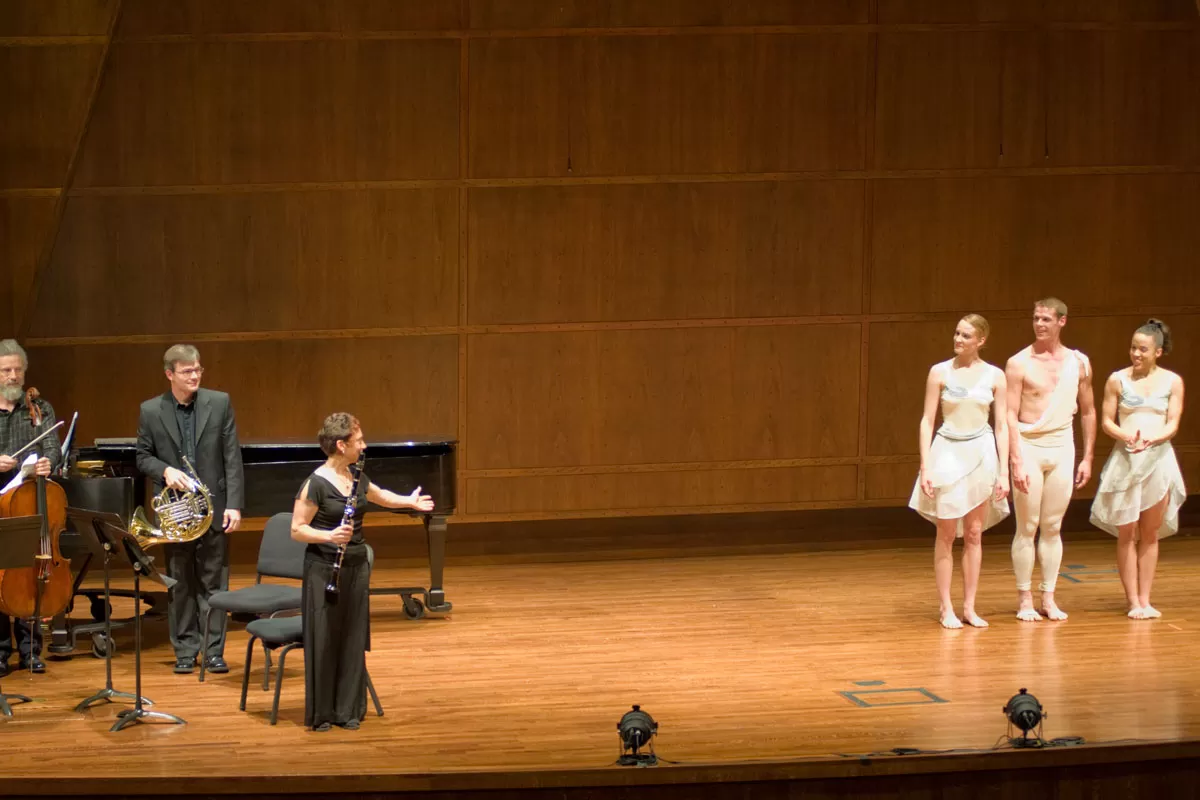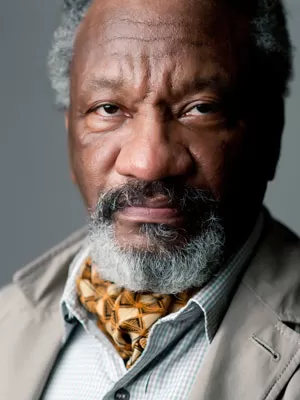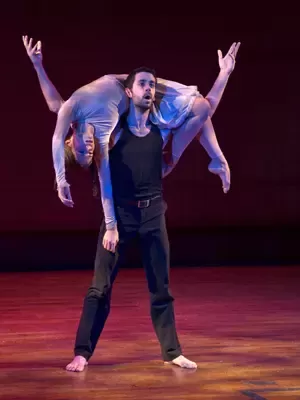MOR’s first dance commission from Donald Byrd is set to a work by Franz Schreker, The Wind. Schreker composed this decadent drama as one of six pieces he wrote in 1908–09 for interpretive dancers Grete and Elsa Wiesenthal, former ballerinas with the Vienna Court Opera. Schreker was later banned by the Nazi campaign against “degenerate” music. The Gathering Note said: "Miller commissioned choreographer Donald Byrd to add the missing dance element [for The Wind], and he came through with a piece for three dancers showing a very active wind, strong at times with gusts and little dustdevils. Geneva Jenkins, Patrick Pulkrabek and Marissa Quimby of Spectrum Dance Theater brought it to life."
The Wind (1909)
Franz Schreker
(b. Monaco 1878–d. Berlin 1934)
World Premiere of Choreography, Donald Byrd
May 11, 2009, Benaroya Hall, Seattle, WA
at Music of Remembrance’s Holocaust Remembrance Concert
Commissioned by Music of Remembrance, Mina Miller, Artistic Director
The Wind
Gently he gets up and the leaves tremble softly,
he moves the saplings–they have to bow to him!
Young people dance, driven by the wind, on the
wind, they think they are flying with him.
The wind gets wilder, he seizes the branches and
they blow up and down, shaking.
People, too, are swept along with this motion,
they run into the wind, laugh with him,
throw themselves at him, beside themselves now,
completely immersed in the wind’s game.
The wind becomes a tempest, serious and
violent–the people cling to each other to brace
themselves against him–all is struggle.
The great strong tree falls. The storm is over,
the leaves just tremble softly.
This poem, by ballerina Grete Wiesenthal, appeared in the concert program for the 1910 premiere in Vienna of Franz Schrecker’s The Wind. Inspired by Wiesenthal’s ideas, Schrecker composed this chamber work between 1908–09 for her own dance, a style incorporating the more abstract art forms of mime and pantomime. The chamber work, a gestural depiction of the vivid character of a strong wind, was an innovative collaboration between composer and choreographer.
Franz Schreker, one of the earliest musical targets of Nazi persecution, was born in 1878 to a Jewish father, Ignaz Schrecker, and a Catholic mother, Eleonore von Clossmann. His fame and influence were at their peak during the politically and economically unstable years at the start of the Weimar Republic. By1920, Schreker was, after Richard Strauss, the most frequently performed living opera composer in the Weimar Republic. He became director of the Hochschule für Musik in Berlin in autumn 1920, and helped transform it into the pre-eminent conservatory of its day. But with the rise of Nazism, Shrecker was targeted for his Jewish origins, his avant-garde style, and his progressive politics. Performances of his works provoked scandals, and became increasingly rare. In June 1932, he was forced to resign his position at the Hochschule, not only for his own Jewish roots, but also because he was unwilling to comply with the discriminatory policies against Jewish faculty members, including such international artists as Carl Flesch, Eduard Steuermann, and Arthur Schnabel. Schrecker suffered a stroke in 1933, and died the following year at age 56. With no one to champion his work, his career was left a footnote in music history. After a half-century of obscurity, Schreker’s extraordinary music has struck the eyes and ears of performers and audiences discovering the composers and music once banned by the Nazis as “degenerate.” These admirable efforts are beginning to shed long-awaited light on a nearly lost legacy of music between the World Wars.
Music of Remembrance expresses deep gratitude to Donald Byrd, Artistic Director of Spectrum Dance Theater, for enabling this artistic collaboration.

